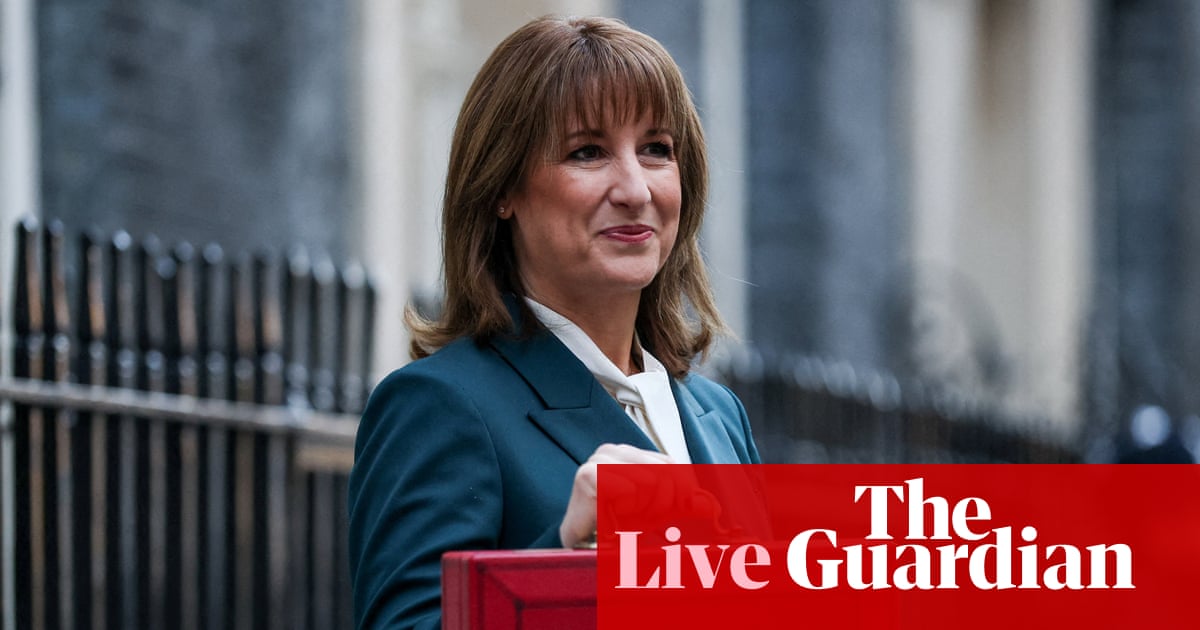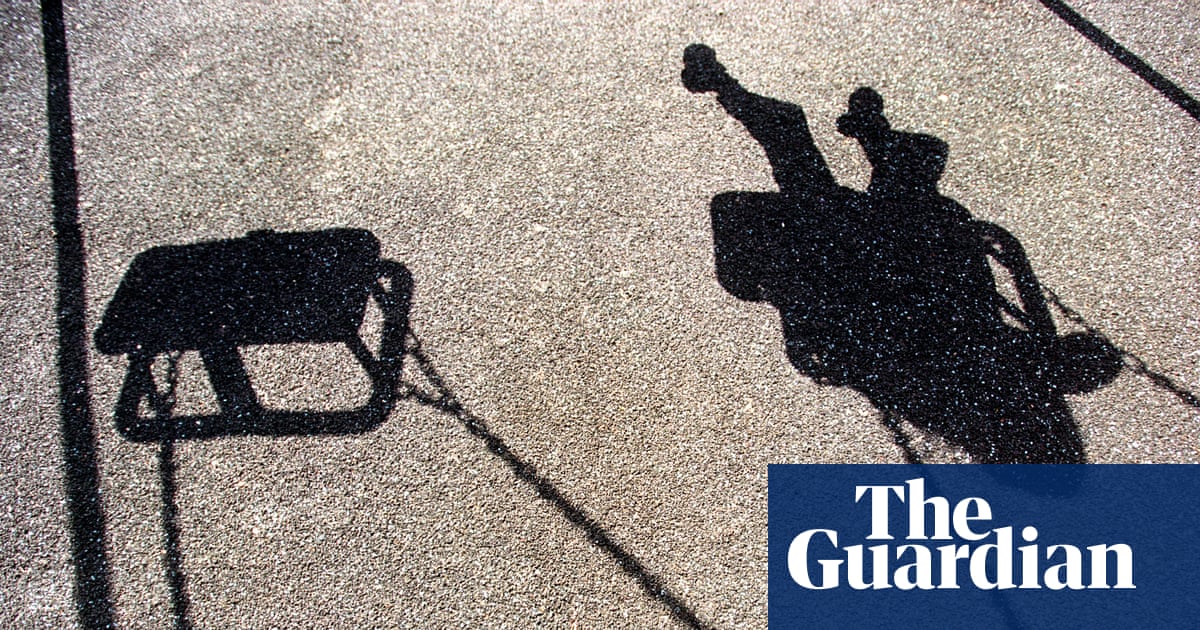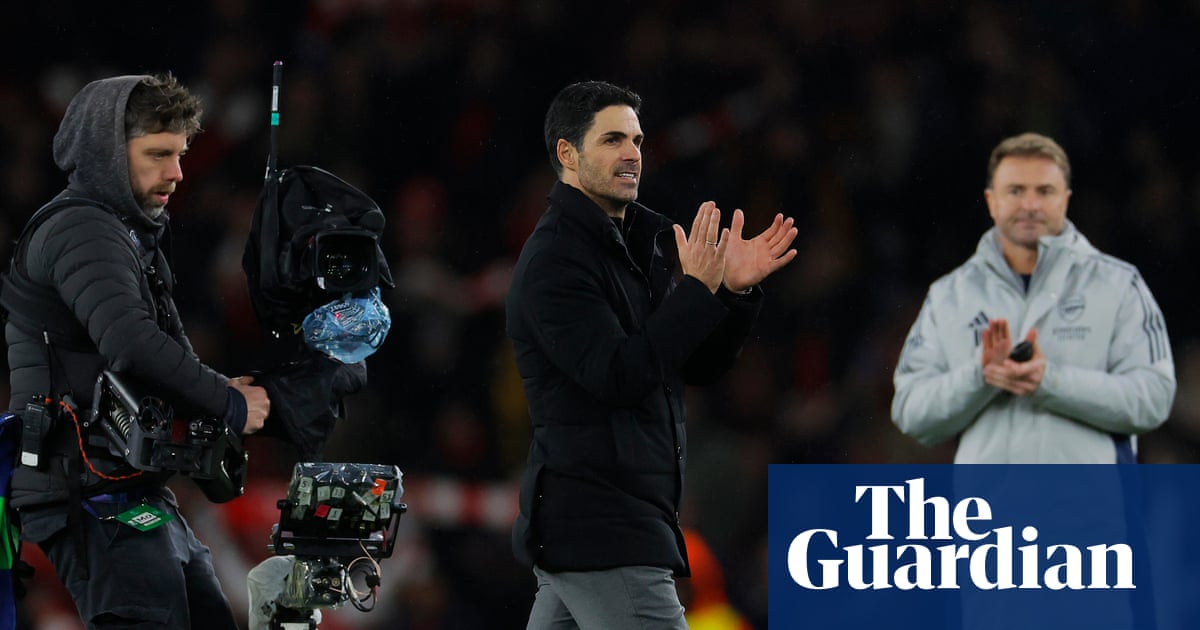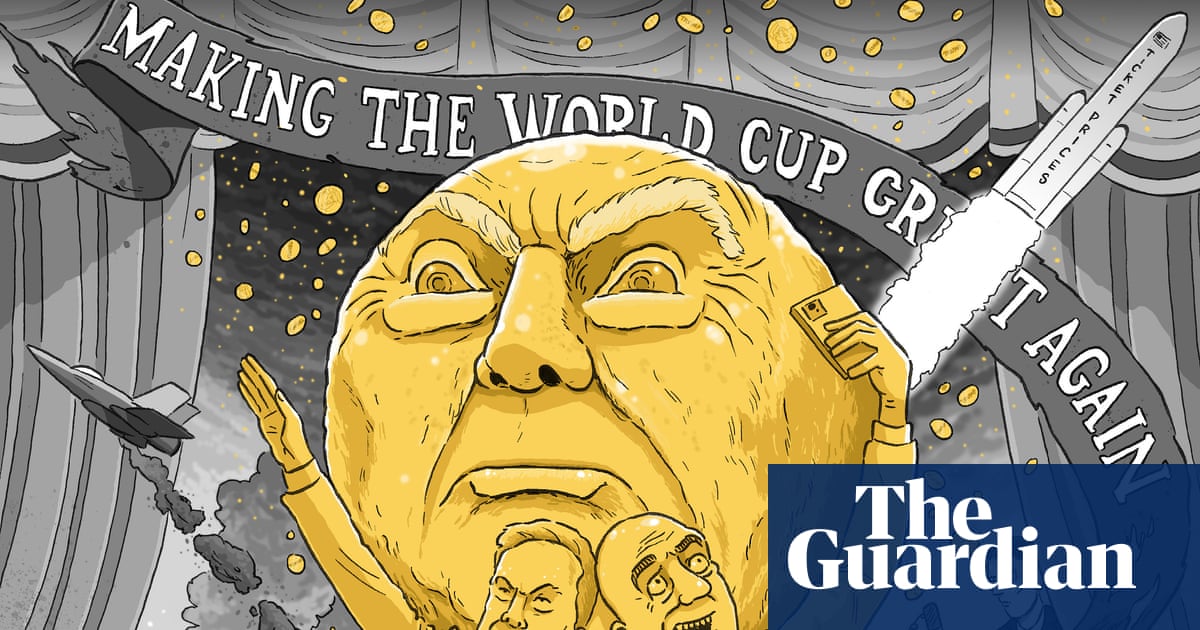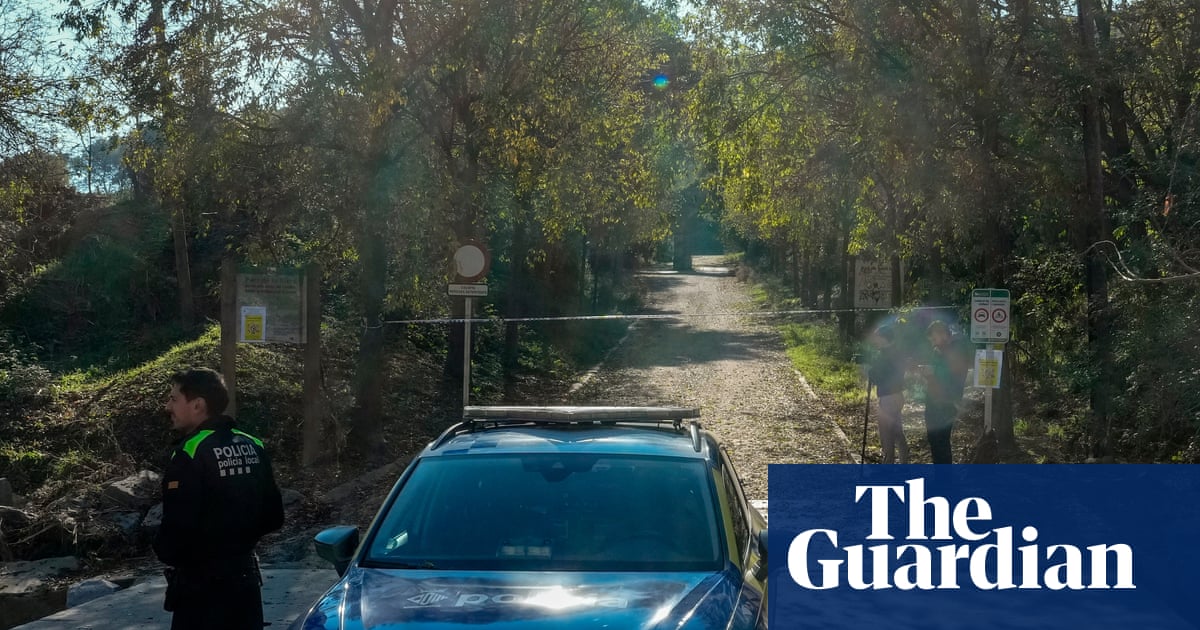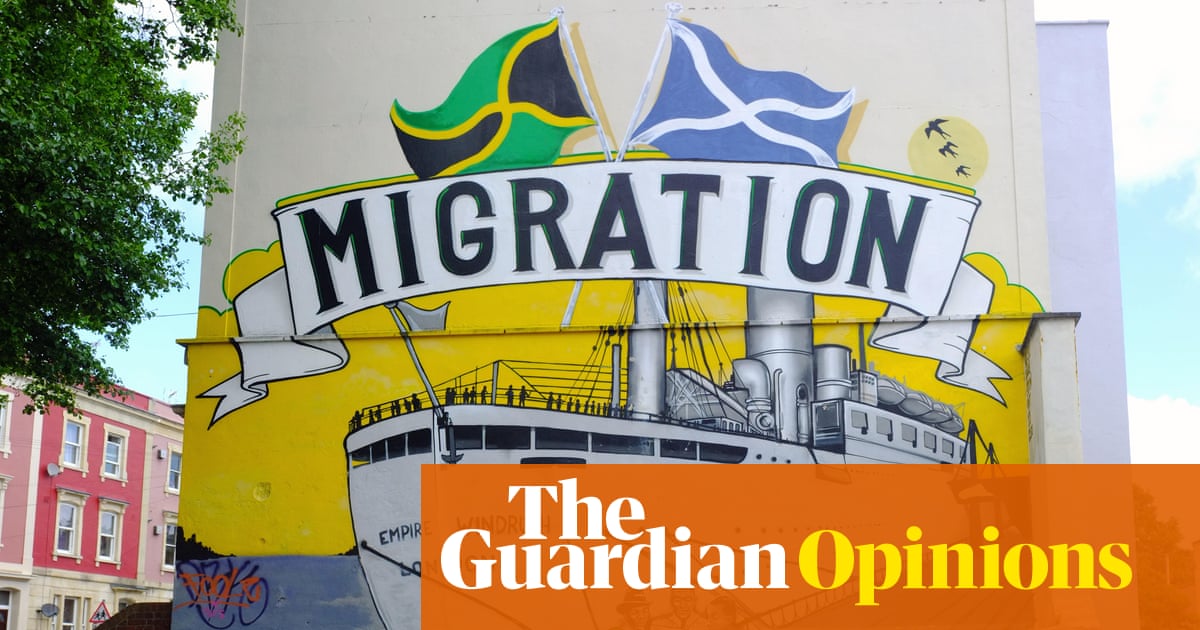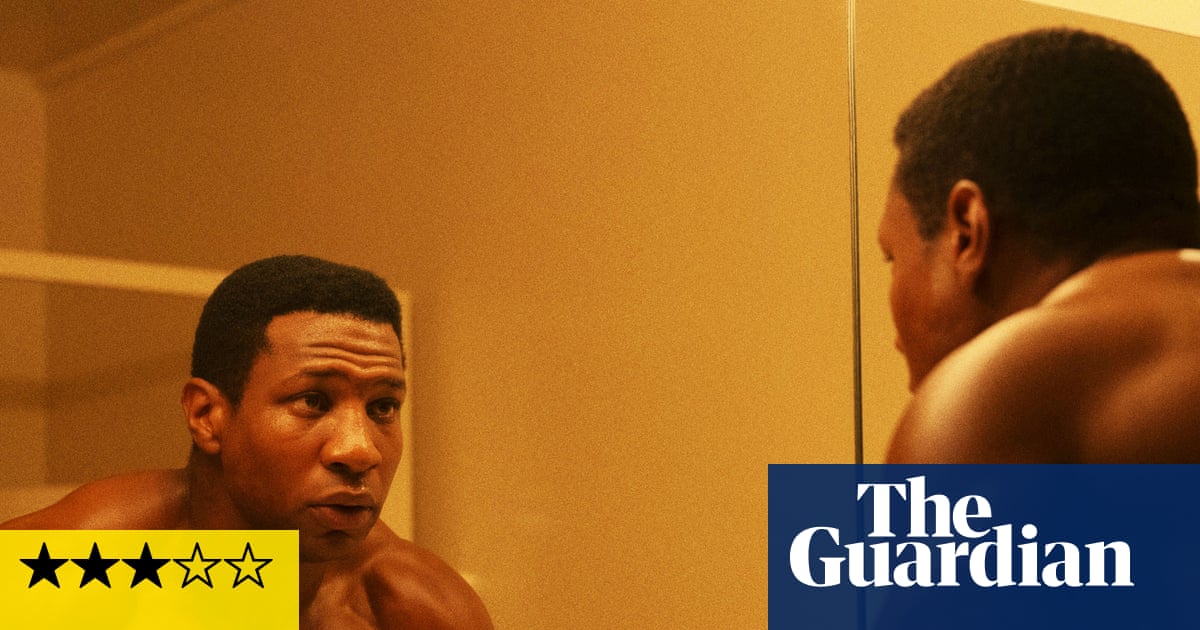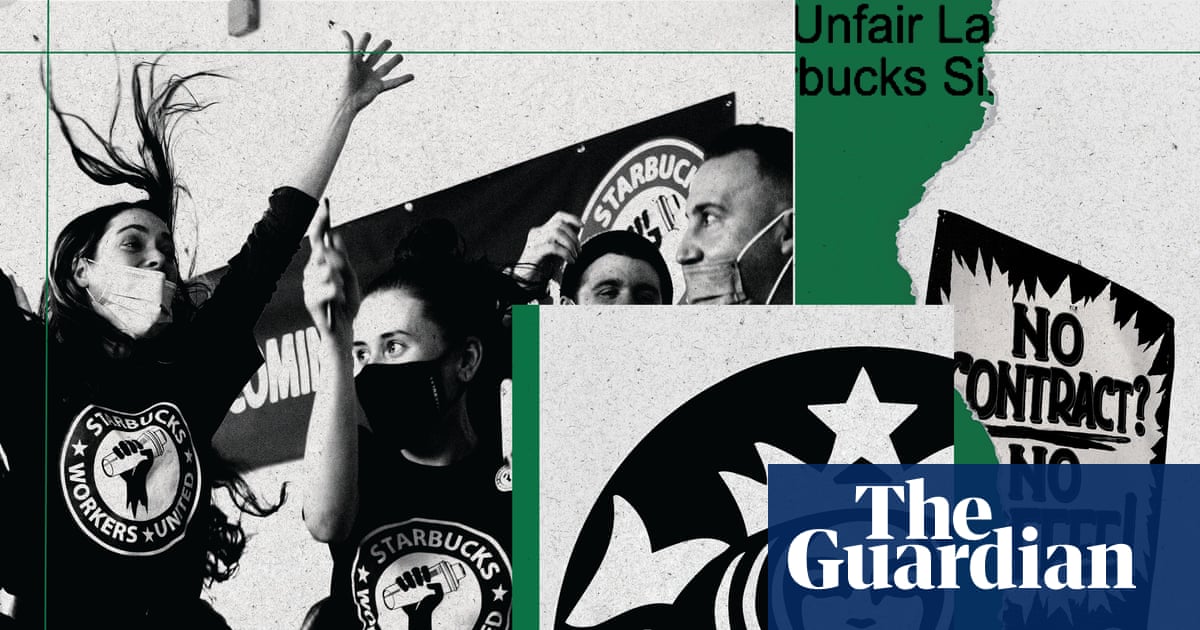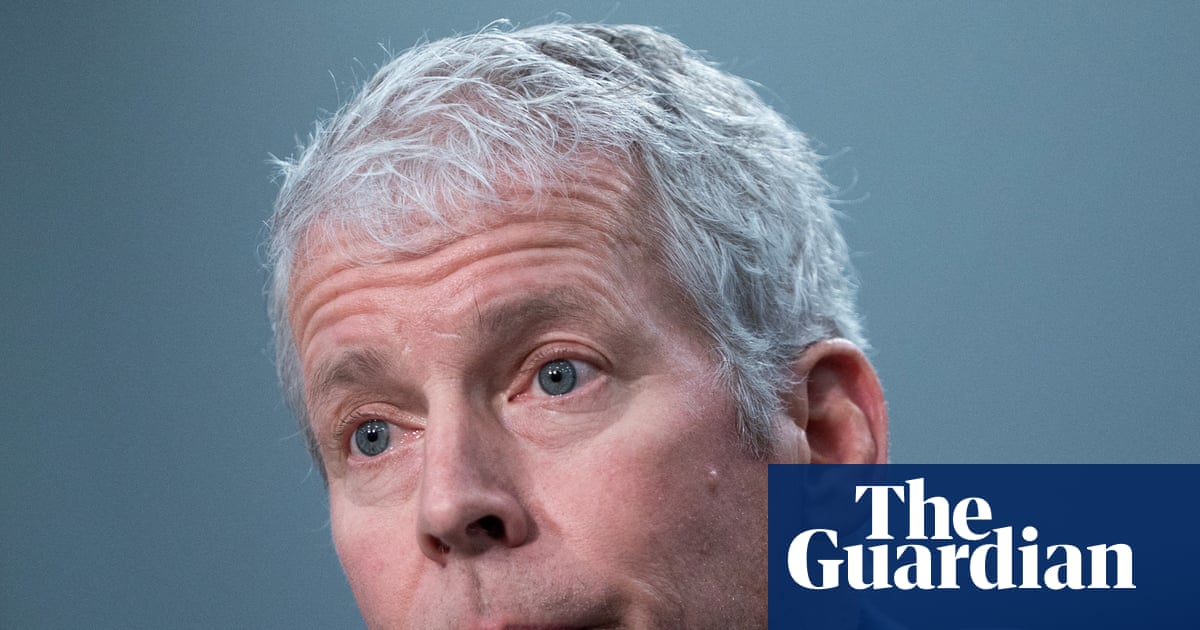Young people have fuelled its rise but the use of buy now, pay later is exploding among older people, with uptake among 55- to 64-year-olds more than doubling in a year, UK data shows.
The shift to digital payments is also continuing apace, with more than half of UK adults now using mobile wallets such as Apple Pay and Google Pay, mobile banking becoming the main way people access their accounts, and cash falling below 10% of all payments for the first time.
In its latest annual report on the UK payments market, the banking body UK Finance said almost a third of adults were living largely cashless lives in 2024 – prompting the cash machine network Link to warn: “We must not sleepwalk into a digital-only society before everyone is ready.”
The researchers found that there had been a “notable jump” in the popularity of buy now, pay later (BNPL), with the use of this type of credit rising from 14% to 25% of UK adults in only a year.
BNPL is ubiquitous at online checkouts, and increasingly at physical stores, too, and lets people spread payments for everything from trainers and takeaway pizzas to white goods and gig tickets. Often the cost is split into three monthly instalments, and if someone keeps to their repayment plan, they will not usually pay interest or charges.
However, regulators and consumer bodies have long voiced concerns about the sector’s rapid growth, amid worries that some people could end up taking out loans they cannot afford to pay back on time, thereby incurring charges and tipping them into debt.
This summer the Financial Conduct Authority outlined details of its plans to regulate the £13bn BNPL market, which could require lenders to carry out affordability checks on even the smallest loans.
Younger people, particularly those in their 20s and 30s, remain the most frequent users – fuelled by BNPL providers targeting them via social media ads.
However, the biggest growth in user numbers occurred among 55- to 64-year-olds.
“In this age group, the proportion of BNPL users more than doubled from 10% in 2023 to 21% in 2024,” the report said.
Other surveys have noted an increase in demand among older people, with some of this attributed to those on tight budgets using BNPL to spread out payments for essentials. There has been speculation that for those familiar with old-style interest-free credit and hire purchase, this newer type of credit does not necessarily carry a stigma.
after newsletter promotion
Adrian Buckle, the head of research at UK Finance, said: “More and more people are trying [BNPL] … People are dipping their toe in the water and seeing how it works, and it is more widely offered at the point of sale.”
Looking at those in their 50s and 60s, he speculated that many would have offspring perhaps in their 20s, and that this “may be learned behaviour from their children”.
The average BNPL purchase amount is £114, the report found, and fashion – clothes, shoes and jewellery – accounts for almost half (46%) of all spending using this form of credit last year. Meanwhile, the “vast majority” of consumers reported using one (or more) of three brands – Klarna, Clearpay or PayPal – suggesting that those companies dominate the UK market.
The report also found that, as digital options became more widespread, cash use “continued its long-term decline” in 2024. For the first time, cash accounted for less than 10% of all payments. Meanwhile, 30% of adults – 16.9 million people – used cash once a month or less.
UK Finance also said there had been a “surge” in the use of mobile wallets for online and contactless payments, and more than half of UK adults (57%) used wallets last year – up from 42% the year before.

 2 months ago
63
2 months ago
63
